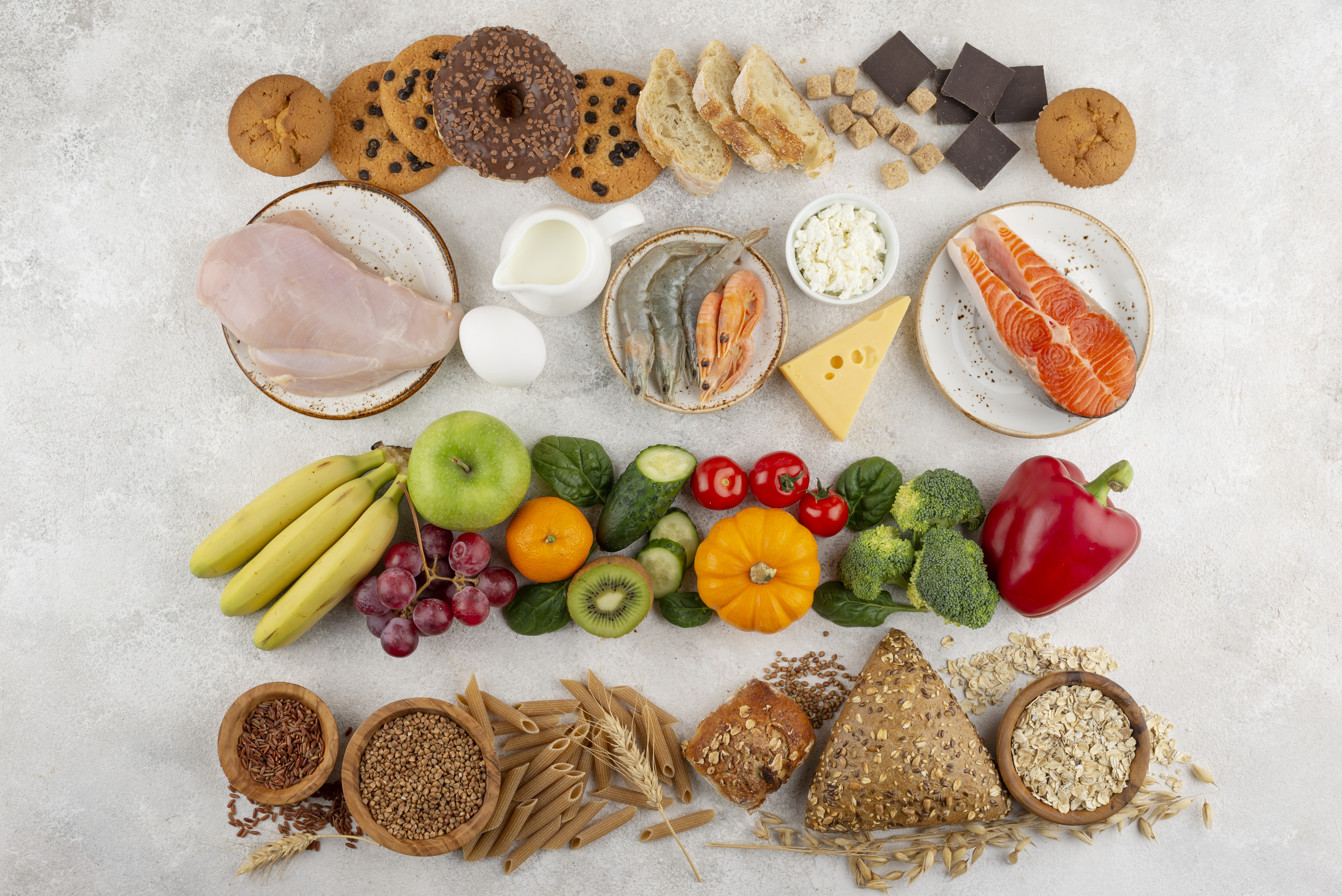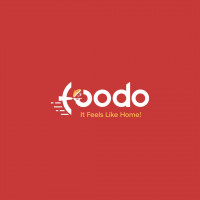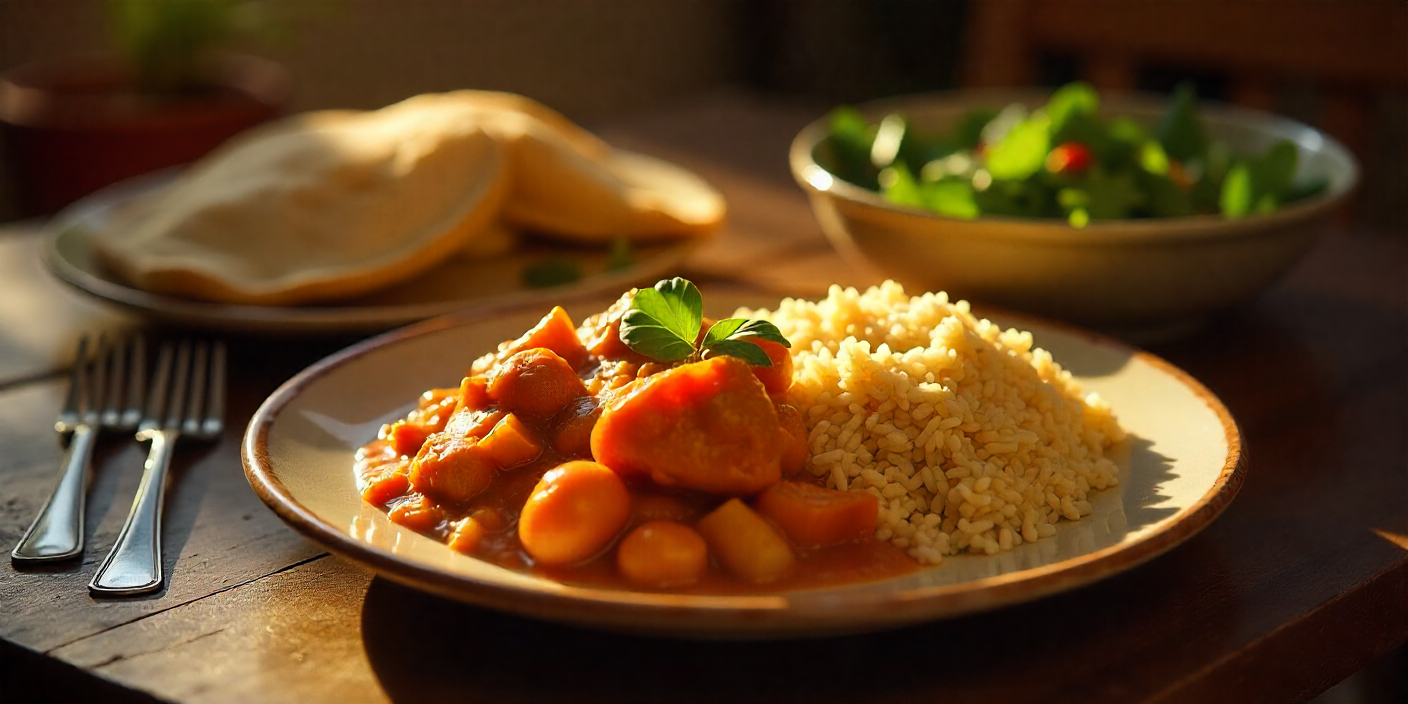Top 10 Bacterial Risks Found in Reheated Food (According to WHO & FDA)

Strong 8k brings an ultra-HD IPTV experience to your living room and your pocket.
Introduction: Why Reheating Food Isn't Always Safe
In Pakistan, it’s common to reheat yesterday’s daal or leftover biryani the next day. Whether it’s office lunches, hostel food, or even family meals at home, reheating cooked food is a daily habit. But how safe is it?
According to international health authorities like the World Health Organization (WHO) and the U.S. Food and Drug Administration (FDA), reheating certain foods can pose serious bacterial risks—especially if not stored or handled correctly.
This article dives deep into the science of foodborne bacteria and reveals the top 10 bacterial dangers associated with reheating food. If you often rely on leftovers or food that’s cooked hours in advance, this information could help protect your health and that of your family.
Why Reheated Food Becomes a Bacterial Risk
Food left at room temperature for extended periods creates a perfect breeding ground for bacteria. The danger zone for bacterial growth lies between 5°C and 60°C, where microbes multiply rapidly. Even if food is reheated later, some bacteria can produce toxins that heat does not destroy.
In places like Lahore or Karachi where temperatures often rise above 30°C, improperly stored or reheated food can quickly become unsafe—even if it smells and looks fine.
Top 10 Bacterial Risks in Reheated Food (As Identified by WHO & FDA)
1. Bacillus cereus
2. Clostridium perfringens
3. Clostridium perfringens – Found in Buffets and Hostels
4. Staphylococcus aureus – Transmitted Through Improper Handling
This bacteria is often introduced through human contact, especially if food is handled with unwashed hands and then left at room temperature.
Common source: Samosas, pakoras, chicken wraps prepared ahead of time
Symptoms: Vomiting and abdominal pain within 2–6 hours
Tip: Store and handle cooked food with clean utensils and proper hygiene.
5. Salmonella – Linked to Poultry and Undercooked Eggs
If cooked chicken or egg dishes are stored improperly or not reheated thoroughly, salmonella can multiply and survive reheating.
Common source: Chicken curry, egg paratha, mayonnaise-based salads
Symptoms: Diarrhea, fever, cramps
Tip: Avoid semi-cooked reheated eggs and poultry.
6. E. coli – Found in Improperly Stored Veggies and Meats
This bacterium can be found in improperly washed vegetables or meat-based meals not reheated to a safe temperature.
Common source: Salads, undercooked kebabs, minced beef dishes
Symptoms: Bloody diarrhea, vomiting, kidney damage in extreme cases
Tip: Avoid storing meat and salad together in lunch boxes.
7. Campylobacter – Found in Chicken and Raw Milk
While less common than others, this bacterium is dangerous. Even a small amount can cause infection if food is not reheated properly.
Common source: Chicken wraps, grilled wings, malai boti
Symptoms: Fever, diarrhea, nausea
Tip: Ensure meat is steaming hot before consumption.
8. Shigella – Linked to Water-Contaminated Meals
This is often found in foods washed or cooked using contaminated water—a concern in low-cost or unregulated online food delivery options.
Common source: Chutneys, fruit salads, street-style chaats
Symptoms: Fever, cramps, bloody diarrhea
Tip: Avoid reheating watery items; discard if unsure of hygiene.
9. Norovirus – Can Survive on Kitchen Surfaces
Though technically a virus, it behaves similarly to bacteria in how it survives on surfaces. It contaminates food through utensils, hands, or improperly cleaned containers.
Common source: Leftover fruit, uncovered desserts, used lunchboxes
Symptoms: Vomiting, diarrhea, headache
Tip: Clean all surfaces and lunchboxes regularly, especially before reheating.
10. Mycotoxins – Found in Spoiled Food
Unlike bacteria, mycotoxins are fungal toxins that grow on spoiled food left in the fridge too long. These can’t be removed by reheating.
Common source: Bread, daal, cooked vegetables left for over 4–5 days
Symptoms: Fatigue, immune suppression, and liver issues over time
Tip: Always check for odor or mold before reheating stored food
Why This Matters in Pakistan’s Growing Food Culture
Many working professionals now depend on leftovers or reheated meals due to time constraints. Whether you're preparing your own food or ordering from desi food near me services, it's important to follow proper storage and reheating practices.
Even reliable online food delivery services cannot guarantee safety once the food leaves their kitchens and sits at room temperature for hours.
This risk is even greater in:
Office break rooms with shared fridges and microwaves
Hostels with communal kitchens
Home kitchens without proper refrigeration
Safety Guidelines from WHO & FDA (Adapted for Pakistan)
Never leave cooked food out for more than 2 hours
Store leftovers in airtight containers
Always reheat food to above 74°C (165°F)
Do not reheat more than once
Label storage boxes with dates
Discard anything left in the fridge beyond 3–4 days
Final Thoughts: Reheating Requires Responsibility
Reheating food isn’t dangerous by default—it becomes dangerous when done carelessly. Many Pakistani homes and workplaces reheat meals daily, often unaware of the microbial threats hiding in their favorite leftovers.
Author Bio:
Ayesha Khalid is a food safety researcher and freelance writer based in Lahore. Her work focuses on nutrition, hygiene, and practical wellness advice for urban Pakistani professionals.
If you rely on delivery, ensure the food comes from certified, clean kitchens and is consumed soon after arrival. Don’t gamble with food safety just to save time.
Note: IndiBlogHub features both user-submitted and editorial content. We do not verify third-party contributions. Read our Disclaimer and Privacy Policyfor details.



